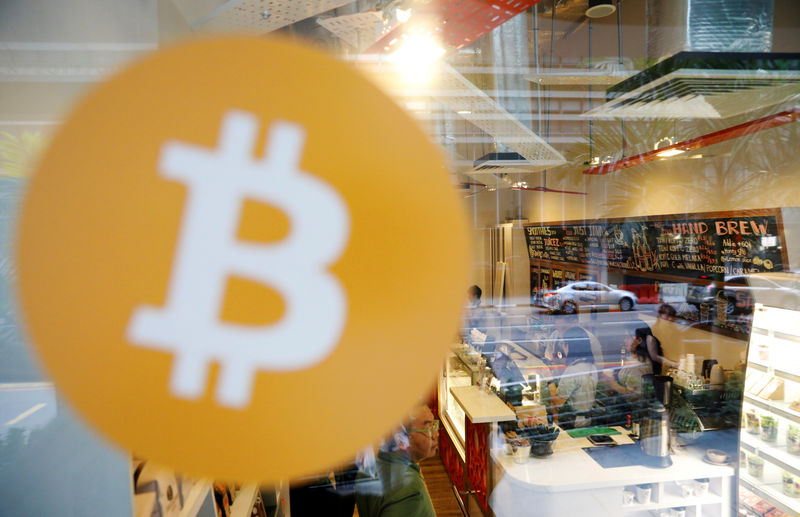JPMorgan provided an analysis of the ownership structure of spot bitcoin ETFs, revealing that institutional ownership stands at approximately 13% based on recent 13F filings for the first quarter of 2023.
Factoring in additional institutional investors not required to file, such as smaller managers and some investment advisors, the estimate for institutional ownership rises to roughly 20%. This leaves retail investor ownership at around 80%, indicating that most of the new spot bitcoin ETFs have been purchased by retail investors since their inception.
Hedge funds represent the largest portion of institutional ownership, nearing 8%. Among the new spot bitcoin ETFs, Blackrock (NYSE:BLK)'s IBIT has distinguished itself for several reasons.
Firstly, it has garnered the majority of inflows since its launch, becoming the main recipient of capital shifting away from the Grayscale bitcoin trust, which is known for its high fees. Secondly, IBIT is on the verge of overtaking the Grayscale bitcoin trust as the world's largest bitcoin fund. Thirdly, it has become the most liquid spot bitcoin ETF in the market.
Liquidity assessments of IBIT use two key metrics. The first is the Hui-Heubel ratio, which measures market breadth or the sensitivity of prices to volumes. A lower Hui-Heubel ratio indicates greater market breadth, and Blackrock's ETF has a significantly lower ratio compared to Grayscale's GBTC, by about three to four times, suggesting it exhibits substantially more market breadth.
The second metric looks at the average deviation of ETF closing prices from the Net Asset Value (NAV). A low deviation implies high liquidity, and the Blackrock spot bitcoin ETF has shown a significantly lower ETF price deviation from NAV than both Grayscale's GBTC and Fidelity's FBTC in the most recent week, indicating higher liquidity.
In conclusion, JPMorgan's analysis suggests that Blackrock's IBIT has already established itself as the most liquid spot bitcoin ETF, outshining Grayscale. This could potentially increase its appeal to both institutional and retail investors in the future.
This article was generated with the support of AI and reviewed by an editor. For more information see our T&C.
